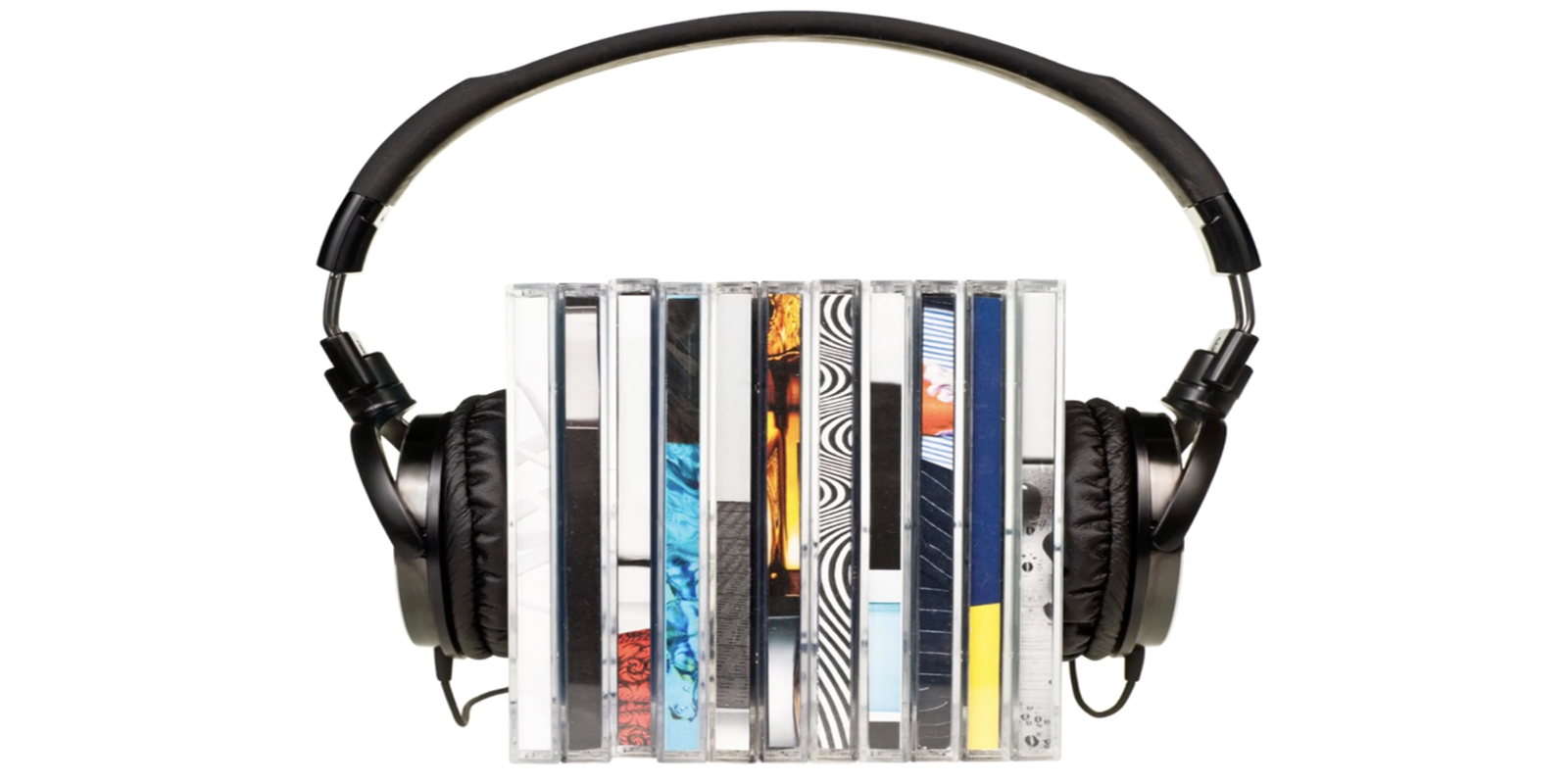Do you remember the first time you heard a CD? I do. It was a Tears for Fears CD on a Sony Discman and even with the dodgy headphones, when I popped that CD in for the very first time, I was blown away by how clean and crisp and loud the disc sounded.
Yes, vinyl has that “analogue warmth,” but CDs don’t crackle and pop, they don’t skip, they have a much wider dynamic range, so they can be louder or quieter than vinyl.
If you’re interested in the technical reasons why CDs sound best, here’s some background:
Uncompressed audio
CDs offer full 44.1kHz uncompressed digital audio. Here’s what that means, according to “What Data Compression Does To Your Music” (Sound On Sound), which offers a very detailed look at the science behind file compression:
The audio is stored digitally on a CD via a technique known as PCM, or Pulse Code Modulation. PCM data consists of snapshots of an audio waveform’s amplitude measured at specific and regular intervals of time. The CD format consists of 44,100 measurements of the waveform’s amplitude per second, so is said to have a sample rate or sampling frequency of 44.1kHz. This is important, because the Nyquist Theorem states that the high-frequency limit of a PCM digital audio system is dictated by the sample rate, and that the sample rate must be at least double the highest frequency that will be recorded. So a 44.1kHz sample rate can theoretically store frequencies up to just above 20kHz, approximating the theoretical upper limit of the best human hearing.
Translation: CDs offer amazing sound quality.
Compressed audio
MP3, AAC, WMA, and other compressed file formats employ lossy compression, which basically means a bunch of the digital information in the audio file gets removed in order to shrink the size of the file.
This compression can result in a loss of bandwidth, the introduction of pre- and post-echoes, loss of detail, degradation of the bass, and other issues that were not intended by the artist and recording engineers. So yes, lossy compression makes storage of thousands of songs on a thumb drive and streaming of digital content possible, but the cost is the final quality of the audio file.
And when it comes to physical product — the only way to provide printed cover art, liner notes, lyrics, and credits — CDs are way more affordable than vinyl (or even cassettes, which have seen a bit of a resurgence recently). Granted, vinyl wins the day when it comes to 12″x12″ cover art, but there are so many options for CD packaging that can really make an impression on a music fan (beyond the sheer excellence of the sound).
So there you have it. You make music because you have a passion. You work hard on your recordings, and you want them to sound as good as they possibly can. Well, you’re not going to do much better than the sound quality of a CD.
